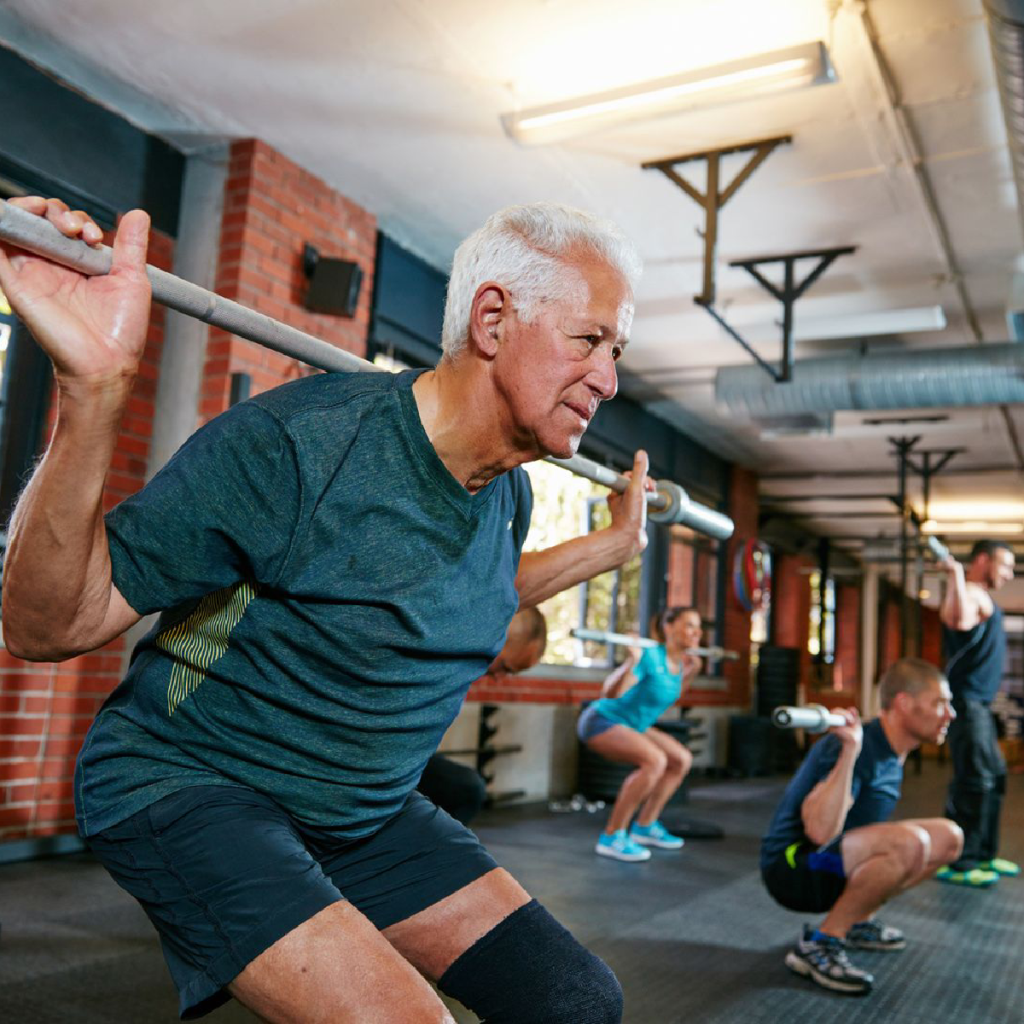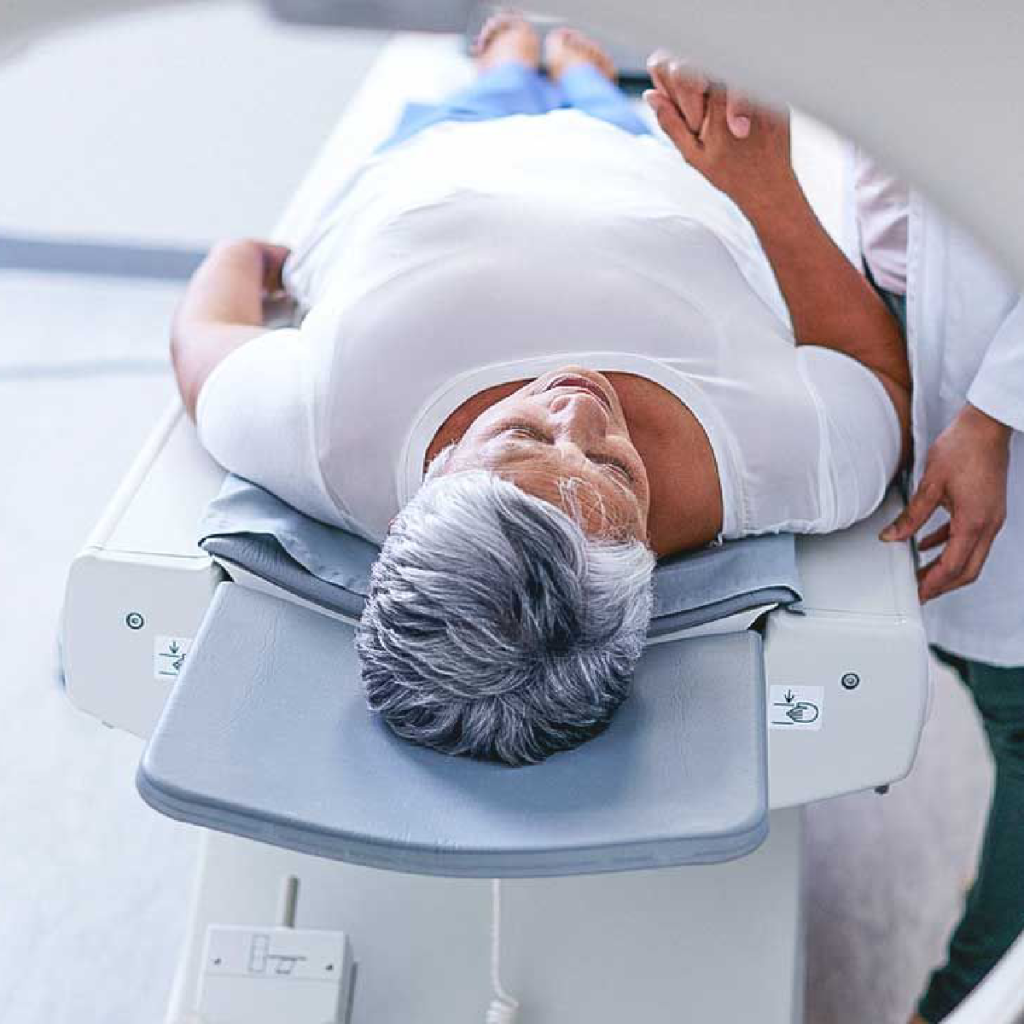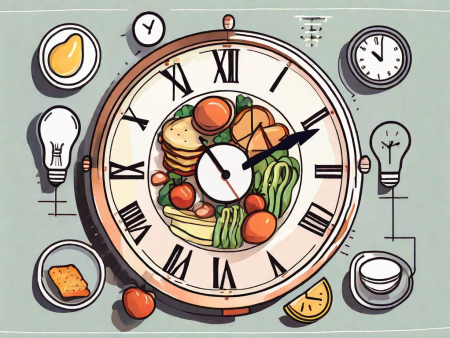Discover the best exercises to promote bone health and strengthen your bones.
Exercises to Promote Bone Health: What You Need to Know
Bone health is an essential aspect of overall wellbeing. After all, our bones provide structure for our bodies, protect our internal organs, and allow us to move around freely. But how can we ensure that our bones stay strong and healthy? Well, one way is through regular exercise! In this article, we will uncover the importance of bone health, the connection between exercise and strong bones, different types of exercises for bone health, tips for incorporating these exercises into your routine, and how to monitor your progress. So, let’s dig right in and discover what you need to know about exercises to promote bone health!

Understanding Bone Health
Before we delve into the world of exercises for bone health, let’s take a moment to understand why it’s so crucial. You see, our bones are not just lifeless structures; they are constantly changing and adapting to our lifestyle and needs. By maintaining optimal bone health, we can reduce the risk of fractures, improve balance and coordination, and support our muscles and joints.
Bone health is a complex and fascinating topic. Our bones are living tissues made up of cells, proteins, and minerals. They are constantly undergoing a process called remodeling, where old bone tissue is broken down and replaced with new bone tissue. This remodeling process is influenced by various factors, including our genetics, age, hormones, nutrition, and physical activity levels.
The Importance of Bone Health
Healthy bones are the foundation of a strong and active life. They provide stability, protect vital organs, and allow us to perform daily activities with ease. Moreover, strong bones are the key to preventing osteoporosis, a condition characterized by fragile and weak bones. Osteoporosis can significantly increase the risk of fractures, especially in older adults.
As we age, our bones naturally become less dense and more prone to fractures. However, by taking proactive steps to maintain bone health, we can slow down this process and reduce the risk of osteoporosis. This is particularly important for women, as they are more likely to develop osteoporosis due to hormonal changes during menopause.
Factors Affecting Bone Health
Various factors influence bone health. These include genetics, age, hormones, nutrition, and physical activity levels. While we can’t control our genetics or stop time, we can certainly make lifestyle choices that promote strong bones. And that’s where exercise comes into play!
Regular exercise is one of the most effective ways to improve and maintain bone health. When we engage in weight-bearing exercises, such as walking, jogging, dancing, or weightlifting, our bones experience a mild stress that stimulates them to become stronger. This stress triggers the bone remodeling process, leading to increased bone density and strength.
In addition to weight-bearing exercises, muscle-strengthening exercises are also beneficial for bone health. When we strengthen our muscles, we indirectly strengthen our bones as well. Strong muscles provide better support and protection to our bones, reducing the risk of fractures.
Furthermore, maintaining a balanced and nutritious diet is crucial for bone health. Our bones require a variety of nutrients, including calcium, vitamin D, magnesium, and phosphorus, to stay strong and healthy. Foods rich in these nutrients include dairy products, leafy greens, nuts, seeds, and fortified cereals.
It’s important to note that bone health is a lifelong journey. The habits we develop in our younger years can have a significant impact on our bone health later in life. So, whether you’re young or old, it’s never too early or too late to start taking care of your bones!
The Connection Between Exercise and Bone Health
Exercise has a direct impact on our bone health. In fact, it’s like a superhero that swoops in to save the day! When we engage in weight-bearing exercises, resistance training, and flexibility and balance exercises, our bones respond by becoming stronger and denser.
But what exactly happens when we exercise? Let’s dive deeper into the fascinating world of bone health and discover how exercise strengthens our bones.
How Exercise Strengthens Bones
Weight-bearing exercises, such as walking, running, and dancing, put stress on the bones, which causes our body to build new bone tissue. When we take each step or leap into the air, the impact stimulates our bones to adapt and become more resilient. It’s like a mini construction site inside our bodies, with bone cells working tirelessly to lay down new layers of bone.
Similarly, resistance training, like lifting weights or using resistance bands, stimulates bone growth. When we challenge our muscles against external resistance, it not only strengthens our muscles but also puts stress on our bones. This stress signals our body to increase bone density, making them stronger and less prone to fractures.
And let’s not forget about flexibility and balance exercises, such as yoga and tai chi, which help improve coordination and reduce the risk of falls and fractures. These exercises focus on enhancing our body’s ability to move and maintain balance. By doing so, they help us avoid accidents that could lead to bone injuries.
Risks of Inactivity on Bone Health
On the flip side, leading a sedentary lifestyle can have detrimental effects on our bones. When we don’t engage in regular physical activity, our bones lose density and become brittle. Just like muscles, bones need to be challenged and stressed to stay strong. Without exercise, they gradually weaken, making us more susceptible to fractures and osteoporosis, a condition characterized by low bone density.
So, it’s time to kick that couch-potato lifestyle to the curb and get moving! Incorporating exercise into our daily routine not only benefits our overall health but also plays a crucial role in maintaining strong and healthy bones.
Types of Exercises for Bone Health
Now that we understand the importance of exercise for bone health, let’s explore the different types of exercises that can help strengthen our bones.
Exercise is not only important for cardiovascular health and weight management, but it also plays a crucial role in maintaining strong and healthy bones. Regular physical activity can help increase bone density, improve bone strength, and reduce the risk of osteoporosis and fractures.
So, let’s dive deeper into the three main types of exercises that are particularly beneficial for bone health:
Weight-Bearing Exercises
Grab your favorite pair of sneakers and hit the pavement! Weight-bearing exercises, such as brisk walking, jogging, hiking, and dancing, force your bones to work against gravity. These activities stimulate bone cells to build new bone tissue, making your bones stronger and denser.
Not only do weight-bearing exercises benefit your bones, but they also improve your cardiovascular fitness, help with weight management, and boost your mood. Aim to engage in these activities for at least 30 minutes most days of the week to reap the full benefits for your bone health.
Resistance Training
Pump up the volume! Resistance training, also known as strength or weight training, involves using weights, resistance bands, or your own body weight to challenge your muscles and bones. This type of exercise puts stress on your bones, which signals your body to increase bone density and strength.
Aim to incorporate resistance training exercises, like squats, lunges, and push-ups, into your routine two to three times per week. Gradually increase the weight or resistance as your muscles and bones adapt to the exercises. Not only will resistance training improve your bone health, but it will also enhance your muscle strength, increase your metabolism, and improve your overall physical performance.
Flexibility and Balance Exercises
It’s time to strike a pose! Flexibility and balance exercises, such as yoga, Pilates, and tai chi, are not only great for improving flexibility and balance but also for enhancing bone health. These exercises focus on stretching and strengthening the muscles, which in turn supports the bones.
Yoga, for example, involves holding various poses that require you to support your body weight, putting stress on your bones and promoting bone growth. Pilates exercises target the core muscles, improving posture and stability, while tai chi combines slow, flowing movements with deep breathing, enhancing balance and coordination.
By incorporating flexibility and balance exercises into your routine, you not only benefit your bones but also reduce the risk of falls and injuries. These exercises promote better body awareness, improve posture, and increase muscle strength, all of which contribute to overall bone health.
Remember, it’s important to consult with your healthcare provider or a qualified fitness professional before starting any new exercise program, especially if you have any underlying health conditions or concerns.
So, whether you’re hitting the pavement for a brisk walk, lifting weights at the gym, or finding your zen on a yoga mat, incorporating these different types of exercises into your routine will help you maintain strong and healthy bones for years to come!
Tips for Incorporating Bone-Strengthening Exercises into Your Routine
Now that you’re all fired up to strengthen your bones, let’s discuss some tips for incorporating these exercises into your daily routine.
Starting an Exercise Routine
Before you go all-in, start by consulting with your healthcare provider or a qualified fitness professional. They can help you determine the best exercises for your specific needs and guide you on how to gradually increase the intensity and duration of your workouts.
When starting an exercise routine, it’s important to set realistic goals. Don’t expect to become a bone-strengthening expert overnight. Rome wasn’t built in a day, and neither will your strong bones. Take it one step at a time and celebrate each milestone along the way.
Consider incorporating a variety of exercises into your routine to target different muscle groups and bones. This will not only keep your workouts interesting but also ensure that you’re giving your body a well-rounded workout. Some examples of bone-strengthening exercises include weightlifting, hiking, dancing, and yoga.
Safety Tips for Bone-Strengthening Exercises
As with any physical activity, safety comes first. When engaging in bone-strengthening exercises, remember to warm up properly, wear appropriate footwear and protective gear, and listen to your body. If something doesn’t feel right, don’t push through it. Take breaks, stay hydrated, and always prioritize your safety.
It’s also important to pay attention to your form during exercises. Proper form not only maximizes the effectiveness of the exercise but also reduces the risk of injury. If you’re unsure about the correct form for a particular exercise, consider working with a fitness professional who can guide you through the proper technique.
Another safety tip to keep in mind is to gradually increase the intensity and duration of your workouts. Pushing yourself too hard, too soon can lead to overexertion and injuries. Listen to your body’s signals and give yourself time to adapt and recover between workouts.
Lastly, don’t forget to cool down and stretch after your bone-strengthening exercises. This helps reduce muscle soreness and improves flexibility. Incorporating stretching exercises into your routine can also help improve your overall range of motion and prevent muscle imbalances.
By following these safety tips and gradually incorporating bone-strengthening exercises into your routine, you’ll be well on your way to stronger bones and a healthier lifestyle.
Monitoring Your Progress
Lastly, it’s important to monitor your progress to ensure you’re reaping the bone-strengthening benefits of your exercises. Here are some signs to look out for:

Signs of Improvement in Bone Health
- Reduced joint pain
- Improved posture
- Increase in muscle strength
- Gains in flexibility and balance
- Enhanced overall well-being
When to Consult a Professional
If you notice any unusual symptoms, such as severe pain, swelling, or restricted movement, it’s crucial to consult a healthcare professional. They can evaluate your condition, provide further guidance, and ensure you’re on the right track to maintaining optimal bone health.
So there you have it – the ins and outs of exercises to promote bone health! By understanding the importance of bone health, the connection between exercise and strong bones, different types of exercises for bone health, tips for incorporating these exercises into your routine, and how to monitor your progress, you’re well-equipped to embark on your bone-strengthening journey. So, lace up those sneakers, grab those weights, strike a pose, and let’s get those bones moving and grooving!








Thanks for sharing. I read many of your blog posts, cool, your blog is very good.
I don’t think the title of your article matches the content lol. Just kidding, mainly because I had some doubts after reading the article.
Thanks for sharing. I read many of your blog posts, cool, your blog is very good.
This has given me a lot to think about.
Your article helped me a lot, is there any more related content? Thanks!